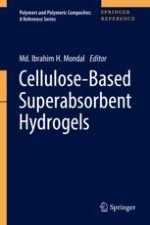2019 | OriginalPaper | Chapter
40. Cellulose-Based Hydrogels in Topical Drug Delivery: A Challenge in Medical Devices
Authors : Andreza Maria Ribeiro, Mariana Magalhães, Francisco Veiga, Ana Figueiras
Published in: Cellulose-Based Superabsorbent Hydrogels
Publisher: Springer International Publishing
Activate our intelligent search to find suitable subject content or patents.
Select sections of text to find matching patents with Artificial Intelligence. powered by
Select sections of text to find additional relevant content using AI-assisted search. powered by
